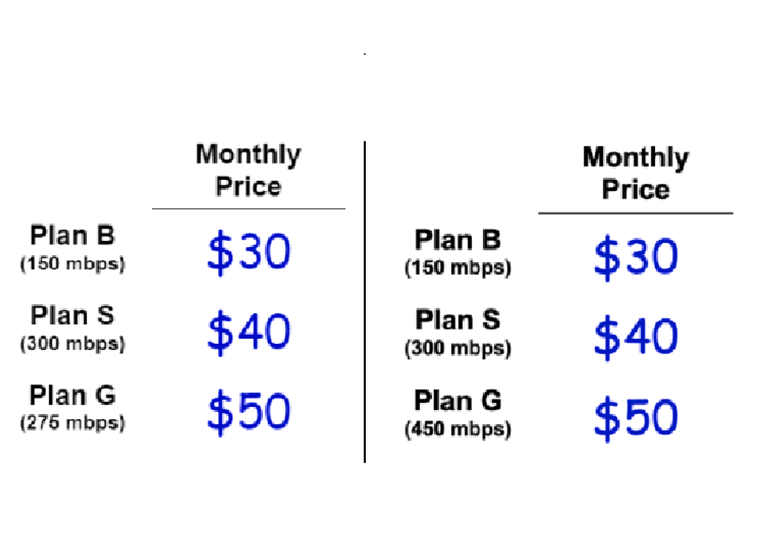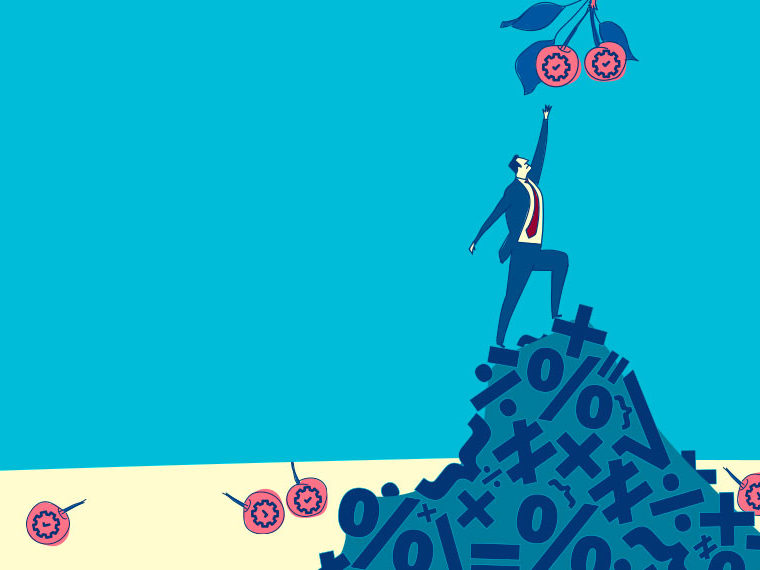Tolerating a low level of transmission just might be the better strategy
Your COVID-19 experience depended heavily upon where you lived. China’s hardcore zero-COVID-19 policy imposed strict lockdowns on its citizens, smothering economic activity but, at least initially, suppressing the spread of the virus. In contrast, Sweden’s laid back approach kept citizens’ day-to-day activity mostly unchanged and their businesses running. This limited the pandemic’s impact on Sweden’s economy but led to high mortality rates in the early phase of the pandemic.
The patchwork of COVID-19 policies around the globe created a natural experiment showing the trade-off between the intensity of a response and its consequences. Now, a paper published in the Review of Economic Dynamics seeks to determine which policies of social distancing and vaccinations maximize social welfare over the long run.
Examining the Trade-offs in Policy
Wharton’s Andrew B. Abel and UCLA Anderson’s Stavros Panageas, the authors of the paper, also calculate the economic cost and health toll on the rest of the population by those who ignore the policies. Along the way, they determine that aiming for zero-COVID-19, completely eliminating the virus (a “disease-free long-run equilibrium”), never yields the optimal policy in any of their model scenarios, which sought the best balance between minimizing deaths and economic disruption. Instead, the optimal outcome is an “endemic equilibrium.” In this state, society lives with the virus, but with perpetual vaccination to keep infections at a very low level.
The intuition for their finding is that in a large population the virus can never be fully eliminated at any finite time. Among billions of people, there is always the possibility that some infected person remains (or that the virus remains somewhere in the animal population). A policy that would aim for zero infections, and once that is seemingly achieved, dispenses with both vaccination and social distancing, would eventually leave the population unprotected from the virus. Eventually, the small remaining pockets of the virus would cause a new infection wave that would result in costly measures to contain the spread. For this reason, it is best to keep vaccinating the population at a steady pace, while tolerating some level of infections.
Quantitatively, the endemic outcome entails minimal deaths and small economic disruptions The authors calculate that this optimal steady state likely sees fewer than 100 excess deaths a year in a U.S. population of 330 million people and has a negligible impact on economic activity.
“Optimal policy leads to an endemic steady state, albeit with a small number of deaths and negligible loss of output,” the researchers conclude.
Abel and Panageas used a version of the SIR model, a classic tool in epidemiology, that was extended to include population growth. It divides a population into three groups: susceptible, infected and recovered.
The researchers then further extended the model to encompass real-world complexities. These include vital statistics (births and deaths), waning immunity and vaccination rates. The inclusion of these features is key to being able to model the long-term dynamics of the spread and control of the virus.
Zero COVID-19 Is Unlikely
Much of the existing research on COVID-19 does not include these factors and therefore can only focus on the short-term impacts. With these features the model can consider both endemic steady states and disease-free states. For example, a low-level presence of the virus, or endemic steady state, can be modeled using births and waning immunity to replenish the susceptible pool of the population. The disease-free state can be engineered by introducing a high vaccination rate that reduces the susceptible population down to a point that the virus cannot sustain itself.
Within this framework the authors maximized a social welfare function that penalized economic output lost due to illness and social distancing, excess deaths from the disease and the cost of vaccinations. The model was analyzed using differential equations to examine how a population moves over time between the states of susceptible, infected and recovered. The theoretical nature of their model gives it the flexibility to examine a range of policy scenarios and evaluate strategies using different conditions and assumptions. The resulting optimal mix of policies found by the researchers is a limited amount of social distancing combined with a high vaccination rate.
While the initial model assumed that everyone complied with the policies, they also studied the impact of those who did not comply with social distancing and vaccinations. Considering a situation where 18% of the population ignored the policies, the infection rate could increase fivefold over what it would be when all complied. It was also found that the 18% of noncompliers contribute to more than 60% of the infections.
The researchers’ work discourages the pursuit of a zero-COVID-19 policy and provides a framework to address future health crises. The authors also suggest that future research could refine their model with more detailed data on immunity duration and vaccine efficacy, and explore policy implications in diverse socioeconomic contexts.
Featured Faculty
-
Stavros Panageas
Professor of Finance
About the Research
Abel, A. B., & Panageas, S. (2024). Are zero-COVID policies optimal?. Review of Economic Dynamics, 53, 47-70.






